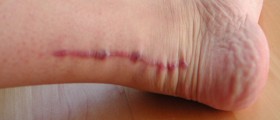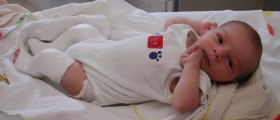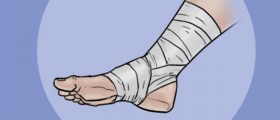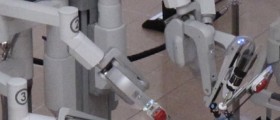
Achilles Tendon and its Rupture
The Achilles tendon is a band made of fibrous tissue that connects calf muscles and the heel bone. This tendon can be injured in variety of sports activities and actually these sorts of injuries are most common cause of tendon rupture. Apart from that the rupture of Achilles tendon can also happen in older people since the tendon has been damaged due to aging process and insufficient use. The damage of the tendon and consequent rupture may be additionally, caused by certain medications including corticosteroids and some antibiotics.
Surgery for Ruptured Achilles Tendon
There are two surgical approaches available, open surgery and percutaneous surgery. In open surgery the back of the calf is open wide and the repair is performed. Other option, percutaneous surgery, is performed through several small incision lines. The goal of the repair is fixation of the tendon. To be more precise, the Achilles tendon is sewed. Both of these surgical options are usually performed a week after the injury since in this period the edema has completely withdrawn.
After the operation a patient needs to wear a cast or a walking boot. These aids are required for maximum three months. Aids are helpful as they provide with the proper position of the leg and the tendon can heal adequately. Majority of surgeons suggest patient to start with movements of the leg and certain weight- bearing exercises before the cast is removed.
Outcome and Risks
Both of the previously mentioned surgical options are rather successful. The only difference is related to possible postoperative complications and the chance of repeated rupture. Still the chance of repeated rupture is almost the same no matter what surgical method has been performed. Patients tend to suffer from problems with wound healing more if they have undergone the open surgery. The overall success of the operation is directly connected to the experience of the surgeon and the degree of the tendon damage. Furthermore, the timing of the surgery also influences the outcome. Rehabilitation is required in all the patients that have been operated. This aspect additionally determines the success of the surgical repair.
The risks of these surgical procedures include infection of the skin and side effects of anesthesia. Bleeding is also one complication that is not so severe. Damage of the nerves present in the operating field counts as more serious complication. Luckily the nerves are not damaged so often. And finally the strength of the tendon is not always the same as it used to be. Even range of motions can be drastically reduced.

















Your thoughts on this
Loading...